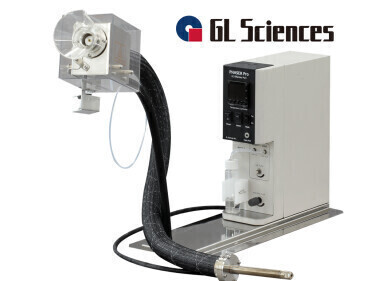GC, MDGC
Find Out Why Zookeepers Love Chromatography ... And Why Siberian Tigers Don't
Nov 26 2014
Believe it or not, chromatography plays a big part in our everyday lives. It’s used in the manufacturing process for tech products, like laptops and tablets. And it’s a key element in the manufacture and testing of pharmaceuticals and health-care products. Chromatography is even used in forensic analysis (which you may have heard mentioned in CSI and other TV crime shows).
Now chromatography could be used in another important application — keeping zookeepers safe from Siberian Tigers! Crazy, right?
What’s that smell?
For some mammals, the smell of blood serves as a warning sign for both predators and prey, which then elicits a response in the animal. The question is – is this caused by a single volatile compound or the whole complex mixture? Recently, Matthias Laska, a professor of zoology with a focus on the sense of smell, conducted an experiment at Kolmården Wildlife Park in order to answer this question. He said, "For predators, food scents are particularly attractive, and much of this has to do with blood. We wanted to find out which chemical components create the scent of blood."
Using gas chromatography-olfactometry (GC-O), the researchers were able to isolate and identify mammalian blood components. One of the strengths of GC is that different detectors can be attached to the end of the column. As a result, an analyst can do more than just detect the different molecules in the sample. For example, mass spectroscopy can be used to characterize each individual component in a sample, as discussed in this article: An Introduction into the Role of Gas Chromatography - Mass Spectrometry (GC-MS) in Metabolomic Analysis.
GC-O is a standard GC set-up with a usual GC detector, usually FID, but post-column there is a splitting of the instruments tubing. Part of the sample goes to the detector to be analysed as usual — the other part goes to a sniffing device that allows the component to be smelled by a human. This allows the researchers to identify which individual components of the sample give the sample its smell. In mammalian blood the component turned out to be tran-4,5-epoxy-(E)-2-decenal — which smells metallic, blood-like to humans.
But how does this save zookeepers?
The team tested the response of several predators and prey to this component — suggesting that it is indistinguishable from blood in mammals. Knowing which component causes the response to blood in mammals may allow for the development of effective repellents — thus saving zookeepers. Hurray!
Image Source: Siberian Tiger
Events
Mar 01 2025 Boston, MA, USA
Mar 04 2025 Berlin, Germany
Mar 18 2025 Beijing, China
Mar 25 2025 Paris, France
Mar 31 2025 Beijing, China







.jpg)







